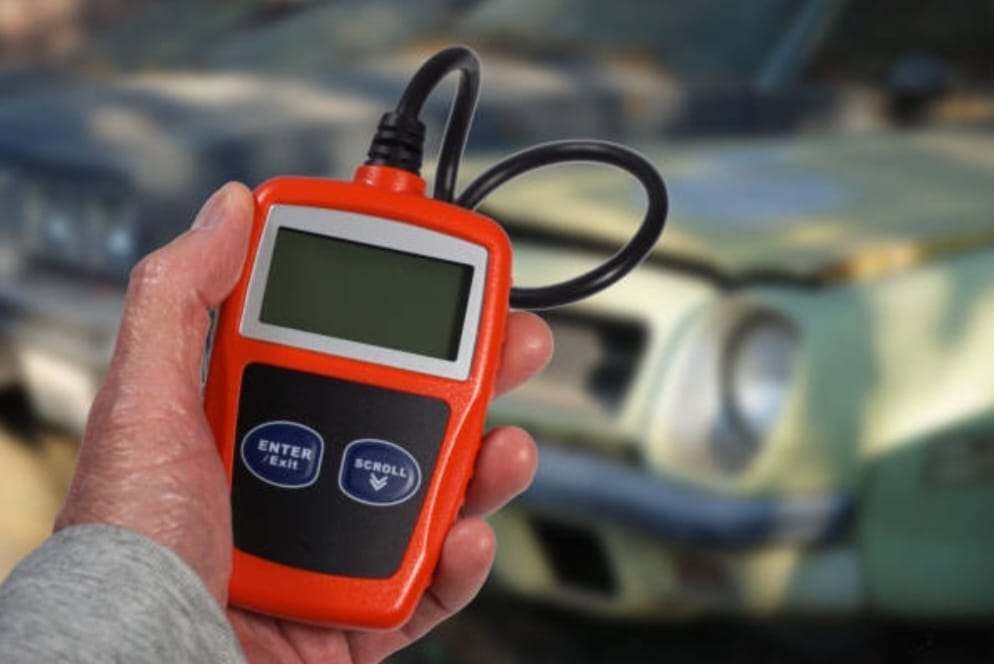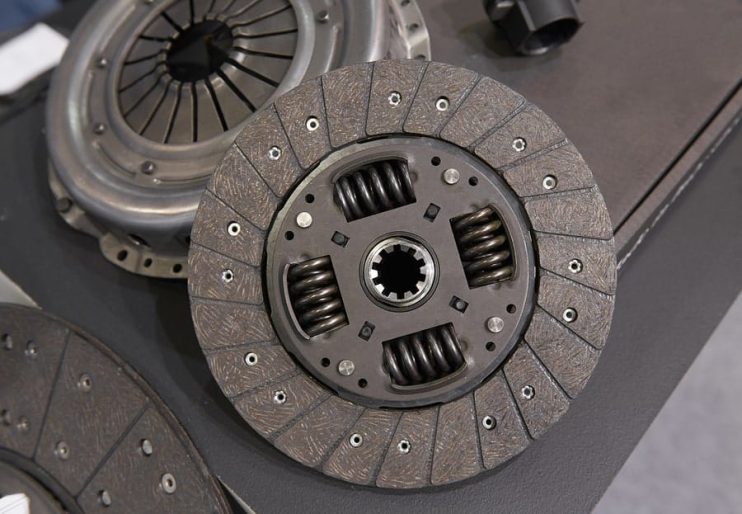As cars increasingly rely on technology to run smoothly and efficiently, OBD2 (On-Board Diagnostics) systems have emerged as an invaluable tool for monitoring a vehicle’s performance. Initially designed to monitor emissions-related issues, the capabilities of modern OBD2 scanners extend far beyond standard diagnostics, offering detailed insights into some of the most intricate components in your car’s engine system.
In this article, we will explore how OBD2 has evolved and discuss methods for using this device to unlock valuable data about your vehicle’s health and performance that can help keep you safe on the road.
What is OBD2, and how does it work
OBD2, short for On-Board Diagnostic, is a standardized system that helps diagnose and monitor a vehicle’s emission control system. This system collects data from various sensors within the engine and other components and translates it into standardized fault codes. The fault codes can then be read by an OBD2 scanner, which enables mechanics and individuals to pinpoint problems within the vehicle’s system.
OBD2 has become the universal standard protocol for automotive diagnostics and is used by vehicles manufactured after 1996. It operates through a standard diagnostic link connector underneath the dash or in the engine compartment. It communicates with the vehicle’s computer to ensure that it meets the US Environmental Protection Agency emission standards. Overall, OBD2 has revolutionized vehicle diagnostics and has made it easier for mechanics and car owners to diagnose and fix problems with their vehicles.
Why OBD2 is vital for car diagnostics
OBD2 has become an increasingly important tool for monitoring a vehicle’s performance. With its ability to detect various problems within a vehicle, OBD2 can help mechanics and car owners identify the root cause of issues quickly and accurately. It can also provide detailed insight into engine components, such as fuel economy, exhaust emissions, power output, and overall engine health.
By tracking these parameters, OBD2 can give mechanics and car owners an accurate picture of the current condition of their vehicles. It makes it easier to catch problems before they become major issues and helps reduce the cost of repairs by avoiding costly parts replacements or other services.
Furthermore, OBD2 scanners are increasingly capable of providing Advanced Vehicle Insights (AVI). By examining the engine data collected by OBD2, mechanics can identify potential issues more accurately and ensure that the repairs they perform are effective. AVI can also be used to measure a vehicle’s fuel efficiency and make recommendations on how to optimize it for better performance. Check out https://obdstation.com/ for more information.
Benefits of using OBD2 to get insight into your car’s performance
OBD2 scanners are becoming more powerful than ever before, offering a range of benefits to mechanics and car owners alike. By using OBD2 to monitor your vehicle’s performance, you can identify potential issues quickly and accurately, giving you peace of mind that your vehicle is running as efficiently as possible. The data collected by OBD2 can also provide valuable insights into the overall condition of your car and can help you understand what areas may need attention.
In addition, OBD2 provides detailed information that mechanics can use to make more accurate diagnoses and ensure adequate repairs. Using OBD2 scanners to monitor a vehicle’s engine data, mechanics can identify potential problems before they become major issues and save time and money on costly repairs.
Advantages of advanced OBD2 systems over traditional ones
Modern OBD2 scanners are more potent than traditional models and provide many advantages. Advanced OBD2 systems offer auto-detection capabilities, which make them easier to use and more accurate than standard OBD2 scanners. They also come with smartphone compatibility, enabling mechanics and car owners to monitor their vehicles’ performance from anywhere using a mobile device.
Advanced OBD2 scanners can also provide more detailed data than traditional models, giving mechanics and car owners an in-depth look into their vehicle’s performance. It makes it easier to identify problems before they become major issues and helps car owners save time and money on costly repairs.
Finally, advanced OBD2 systems have various features that make them more reliable and user-friendly. These include real-time data monitoring, cloud storage for data backup, and the ability to export scans to other devices.
How to select an OBD2 system that meets your needs
When selecting an OBD2 system, choosing one that meets your needs and budget is vital. The type of system you choose should depend on the make and model of your vehicle and how often you plan to use it. Additionally, consider the features different systems offer and decide which ones are most important for you.
For example, if you plan to use your OBD2 scanner to monitor your vehicle’s performance, then a system with real-time data monitoring capabilities would be ideal. If you need more detailed information about your car’s engine, an advanced system with auto-detection capabilities and cloud storage may be worth considering.
Tips for getting the most out of your OBD2 system
Once you have selected an OBD2 system that meets your needs, remember a few tips to ensure you get the most out of it. One of the most important is regularly updating your scanner with the latest software and firmware. It will help ensure your system is accurate and up-to-date with the latest data.
Keeping your scanner clean and free from dust and dirt is also essential, as this can interfere with its ability to detect problems accurately. Finally, please read the manual with your OBD2 system and familiarize yourself with its features and how they work. It will help you get the best possible performance from your scanner and ensure you get the most out of it.











